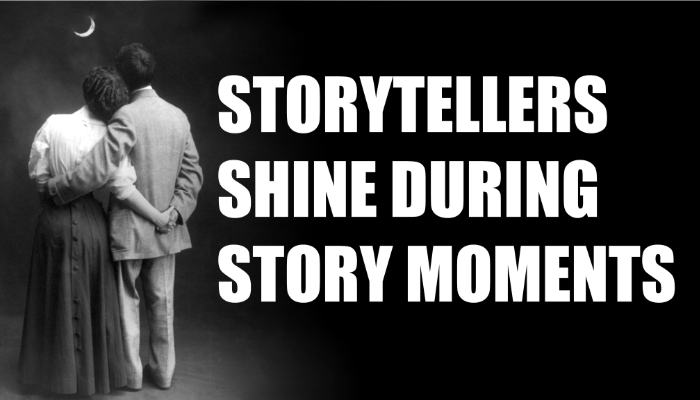
There’s a scene in the movie While You Were Sleeping that demonstrates masterful storytelling. Jack (played by Bill Pullman) and Lucy (played by Sandra Bullock) stand outside her apartment door. Up until this moment, we’ve watched the two fall in love through a comedy of screwball errors. You see, Jack thinks that Lucy is engaged to marry his brother, Peter, while Lucy doesn’t even know Peter. This folly has created a situation where Lucy and Jack know how they feel about each other, yet also fear the ramifications of acting upon it.
That’s when Lucy decides that she’s ready to share her secret, but needs to know if Jack is on board.
“Can you give me any reason why I shouldn’t marry your brother?” she asks.
The audience waits in anticipation because Jack’s response to this ultimatum will completely alter the story’s trajectory. But instead of having Jack give us a definitive “yes” or “no,” the writers, Daniel G. Sullivan and Fredric Lebow throw us a curveball.
“I can’t,” Jack answers.
The answer is an example of brilliant storytelling because it accomplishes multiple things:
- It changes the story’s trajectory
- Instead of bringing resolution, it ups the ante
- It shows that Jack is a “stand-up guy” who puts his brother’s needs before his own
- It keeps the audience’s hope alive that Lucy and Jack might still get together
- It makes the odds of their union slimmer since Lucy interprets his “I can’t” as “no”
All of this meaning is conveyed through the storytellers’ choice to use two words instead of one.
Sullivan and Lebow have architected a story moment–when one character’s choice alters a story’s trajectory, yet not in the way that the audience expects. The best story moments occur when the characters and the audience want the same outcome, but circumstances inhibit those things from happening.
Story moments occur every day in business. Customers have problems and vendors can solve those problems–for a price. Yet, each side is motivated differently. Customers have budgets, vendors have sales goals, and both need to mitigate risk. Sales transactions always hinge upon the complications of story moments.
So, what are the story moments in your business? Perhaps they hold the key to your next business story?
Photo Credit:“Shine on Silver Moon”. , ca. 1909. June 21. Photograph. Retrieved from the Library of Congress, https://www.loc.gov/item/2005694675/